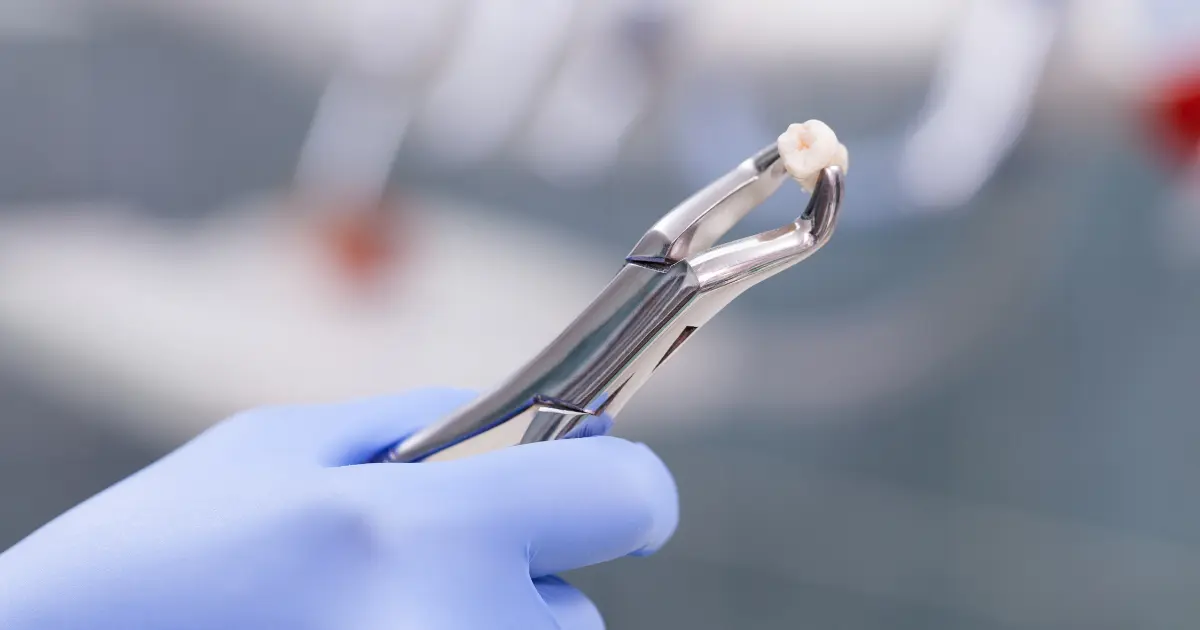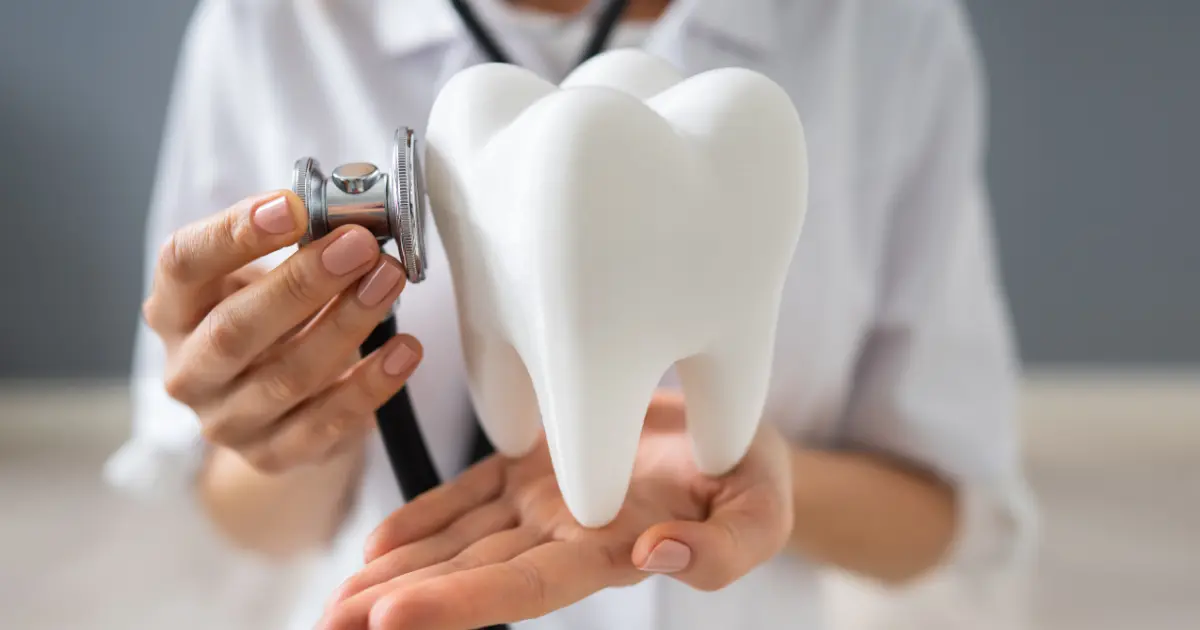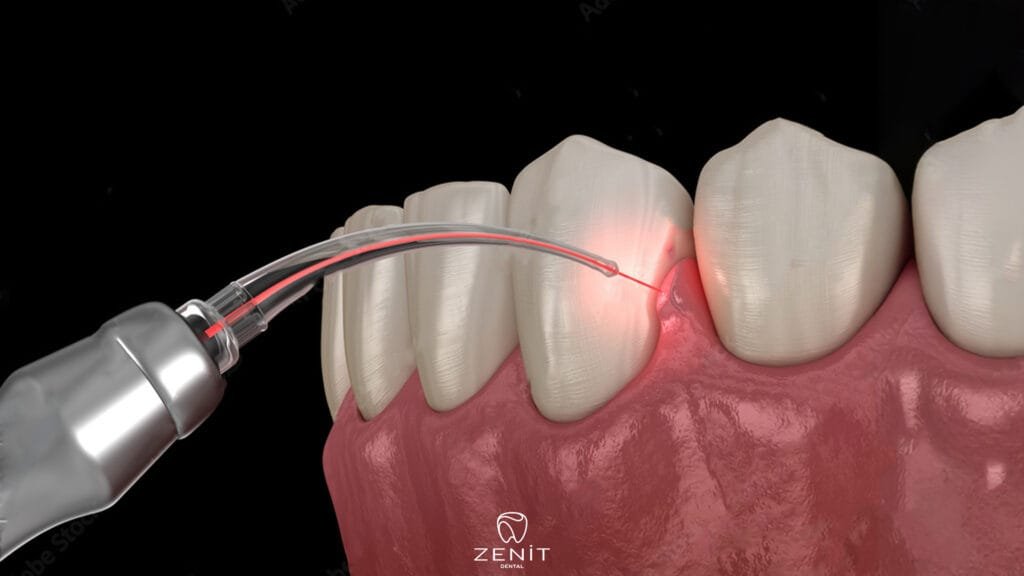In the world of oral health, we often talk about teeth without really knowing them. We know they’re vital for our daily functions, but what are their names, types, and specific roles? At Zenit Dent, we believe in empowering our patients with knowledge. So, let’s delve into the fascinating universe inside our mouths, shattering the mysteries of teeth names and their functions.
The Different Types of Teeth in the Human Mouth
Each tooth in our mouth has a unique role, a distinct shape, and even a proper name. Human teeth are like an orchestra, with each player having its part in the symphony of eating, speaking, and smiling.
Primary Teeth: The First Set of Teeth that Appear in Childhood
Also known as deciduous, milk, or baby teeth, these are the first to appear in our mouths. They usually start erupting when a baby is around six months old, serving as placeholders for the future permanent teeth.
Permanent Teeth: The Adult Teeth that Replace the Primary Teeth
Gradually, the primary teeth make way for the permanent teeth, a process that usually begins around the age of six. By the time we’re adults, we typically have 32 permanent teeth, each with its own role to play.
Incisors: The Front Teeth for Biting and Cutting
The incisors are our front-and-center teeth, the stars of our smile. Their primary function is to cut and bite into our food, acting as the first step in the digestive process.
Canines: The Pointed Teeth for Tearing and Gripping
Canines, also known as cuspids, are our sharpest teeth. They’re designed for tearing and gripping food, especially meats, and also play a significant role in shaping the mouth and guiding other teeth into position.
Premolars: The Transitional Teeth for Chewing and Grinding
Premolars, or bicuspids, are the bridge between the canines and molars. They have a more flat surface for chewing and grinding food into smaller pieces, preparing it for the final digestion process.
Molars: The Back Teeth for Crushing and Grinding
Molars are our most robust teeth, residing in the back of the mouth. They’re responsible for the heavy-duty task of crushing and grinding our food, making it easier to swallow and digest.
Wisdom Teeth: The Third Set of Molars that Erupt Later in Life
Wisdom teeth, or third molars, are a bit of a wildcard. They typically erupt in late adolescence or early adulthood, but not everyone has them. When they do appear, they may cause issues such as overcrowding or alignment problems, often leading to their removal.
Dental Terminology: Understanding the Naming Conventions of Teeth

In the world of dentistry, teeth names are not just for show. They form a crucial part of dental terminology that helps oral health professionals communicate effectively. Each tooth has a specific name based on its type (incisor, canine, premolar, molar), its location (upper or lower, left or right), and whether it’s a primary or permanent tooth.
This naming convention is essential for dental records, treatment plans, and procedures. For instance, “upper left canine” or “lower right second molar” precisely identifies which tooth is being referred to. At Zenit Dent, we’re committed to promoting an understanding of these terminologies among our patients to foster better communication and care.
Dentists also use a numbering system, known as the Universal Numbering System in the United States, to identify teeth. In this system, each tooth in your mouth is assigned a unique number, from 1 to 32 for permanent teeth, and A to T for primary teeth. This system further aids in precise identification and treatment of each tooth.
Apart from the types and names, teeth are also characterized by their parts. The visible part of the tooth is the crown, while the part hidden beneath the gum is the root. The enamel covers the crown and is the hardest substance in the human body. Beneath the enamel lies the dentin, which forms the bulk of the tooth, and at the center is the pulp, which contains nerves and blood vessels.
Why the Knowledge of Teeth Names and Functions Matters
You may wonder why it’s essential to understand teeth names and their functions. Here are a few reasons:
- Improved Oral Health: Understanding your teeth can help you take better care of them. You’ll be more aware of their needs, their sensitivities, and how to keep them healthy.
- Better Communication with Your Dentist: Knowing the names of your teeth can enhance your discussions with your dentist. You’ll understand better when they explain issues or treatments, and you’ll be able to describe your symptoms more accurately.
- Enhanced Appreciation for Your Teeth: Lastly, understanding your teeth can lead to an increased appreciation for these little wonders of nature. They’re not just inert bones; they’re living, functioning parts of our bodies that play a crucial role in our daily lives.
Oral Hygiene: Keeping Your Teeth Healthy and Strong

It’s not enough to know the names and functions of your teeth; proper oral hygiene is crucial to keep them healthy and strong. Here are some fundamental steps to maintaining good oral health:
Regular Brushing
Brushing your teeth at least twice a day is essential. It helps remove the food particles and plaque that can lead to tooth decay and gum diseases.
Flossing
Flossing once a day can help clean the spaces between your teeth where a toothbrush can’t reach. This reduces the chances of cavities and gum diseases.
Regular Dental Check-ups
Regular dental check-ups and cleanings can help detect and prevent potential oral health problems early on. It’s recommended to visit your dentist at least twice a year.
Diet and Your Teeth
Your diet plays a significant role in oral health. Consuming a balanced diet rich in vitamins and minerals can help keep your teeth and gums healthy.
Calcium-Rich Foods
Calcium is crucial for healthy teeth. Include calcium-rich foods like milk, cheese, and leafy greens in your diet.
Vitamin C for Gums
Vitamin C helps keep your gums healthy. Foods like oranges, strawberries, and bell peppers are excellent sources of Vitamin C.
Limited Sugar Intake
Limit your intake of sugary and acidic foods and drinks. They can lead to tooth decay and erosion.
The Role of Teeth in Speech and Facial Structure
Teeth play a crucial role in our speech and facial structure. They help us pronounce certain sounds clearly and maintain the shape and structure of our face.
Teeth and Pronunciation
Some sounds, known as labiodental sounds, require the interaction of lips and teeth. Without our teeth, words can become distorted or unclear.
Teeth and Facial Structure
Teeth support the facial structure. They help maintain the shape of our face and prevent sagging of facial muscles.
Our teeth are more than just tools for eating or elements of a beautiful smile. They’re a complex system, each with its own name, function, and role to play. At Zenit Dent, we hope this guide has enriched your understanding of your teeth, enhancing your oral health journey. Remember, knowledge is the first step towards a healthier and happier smile.
At Zenit Dent, we’re committed to guiding you on this journey of oral enlightenment, empowering you to make informed decisions about your dental health. Remember, a healthy mouth is the gateway to a healthy body and a happier life.






